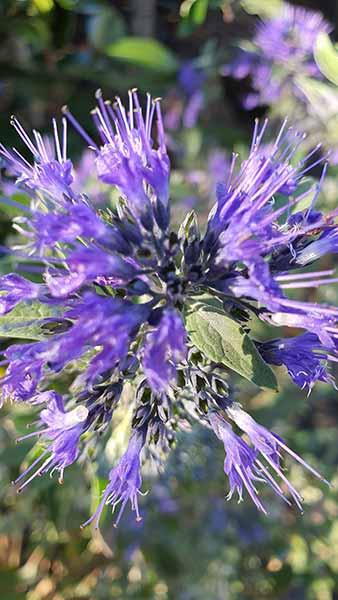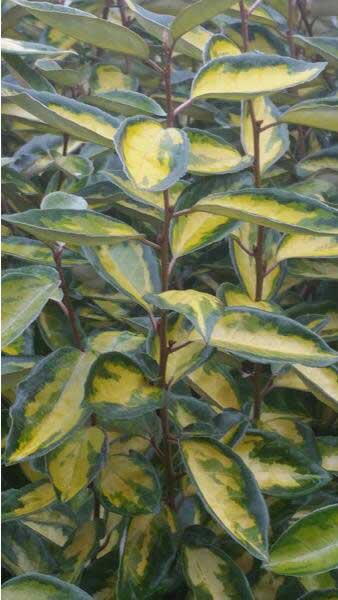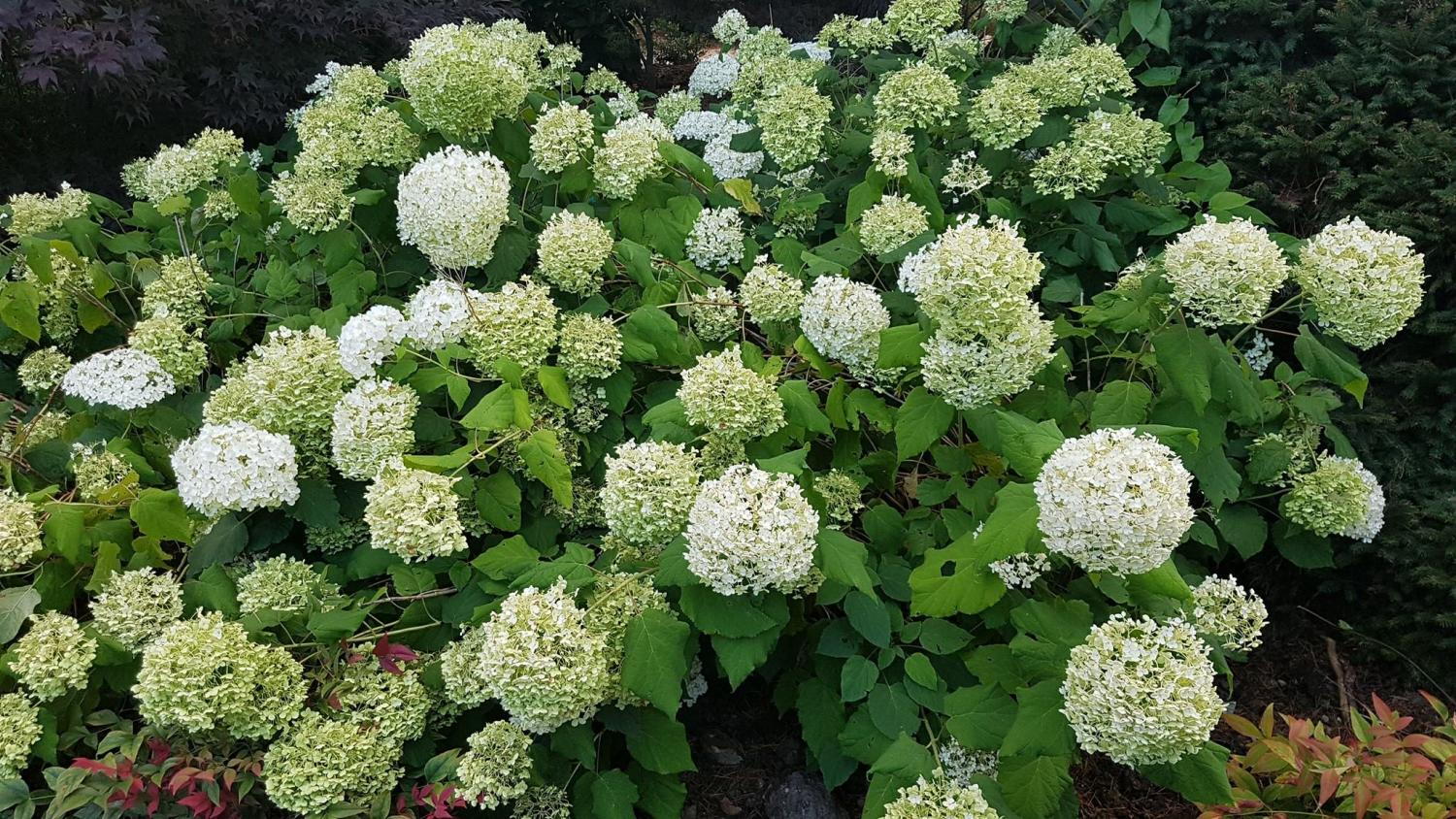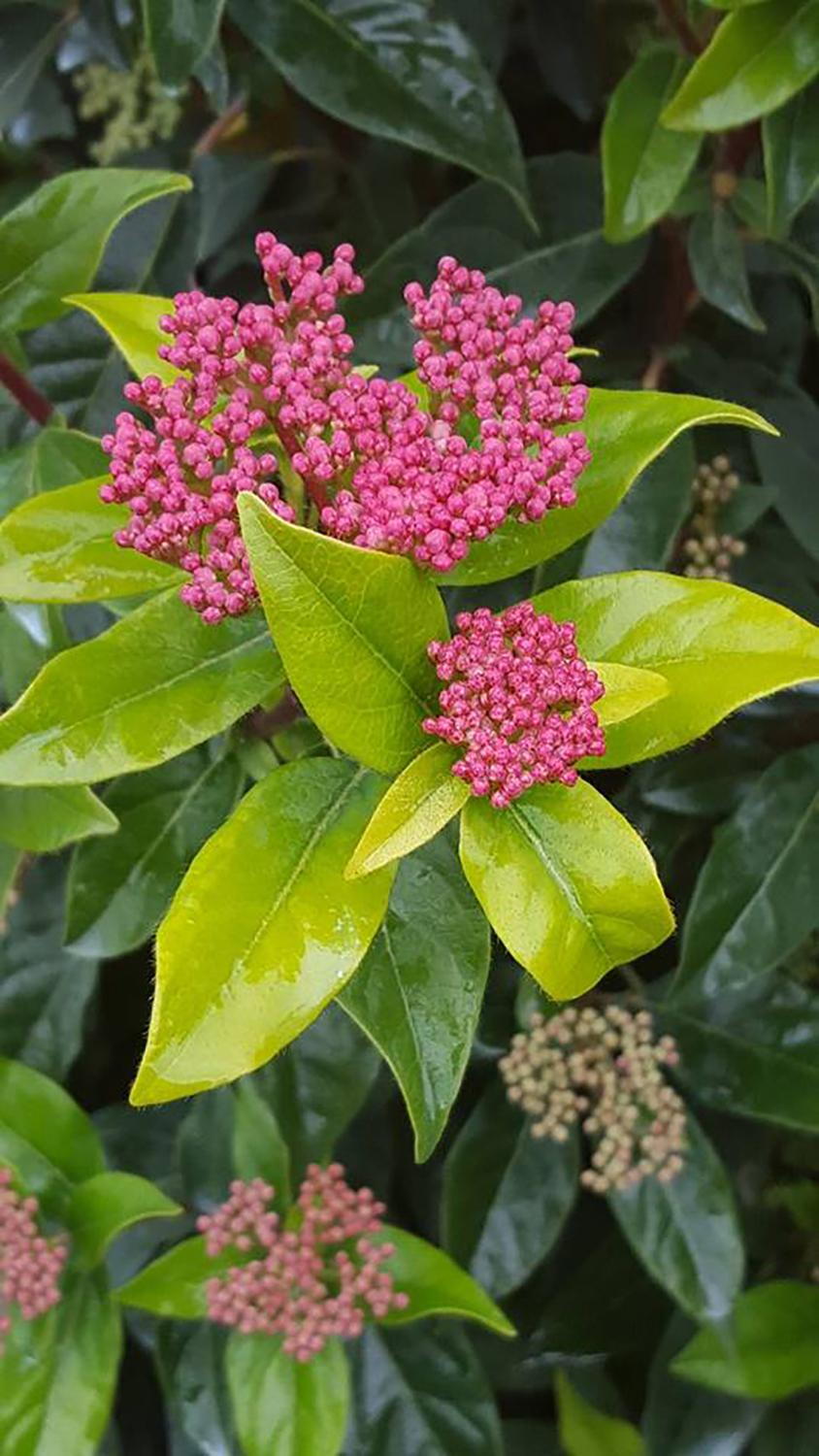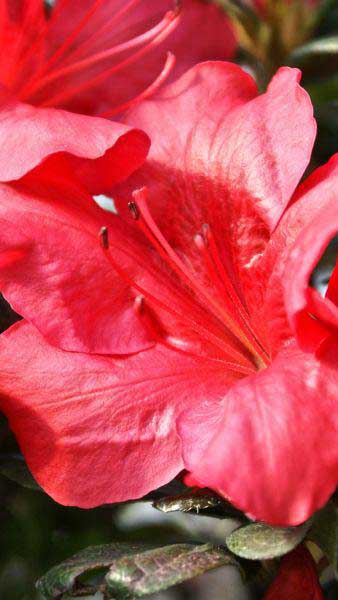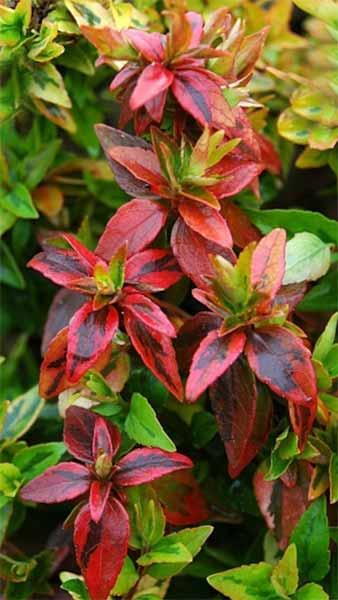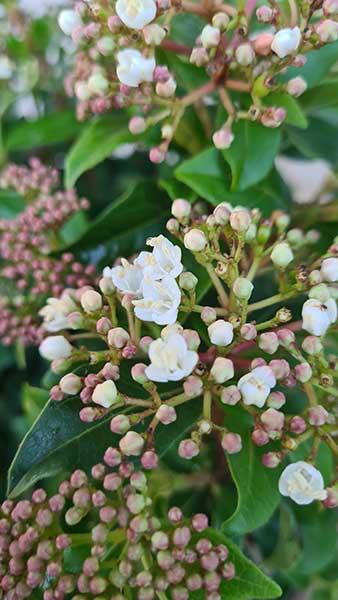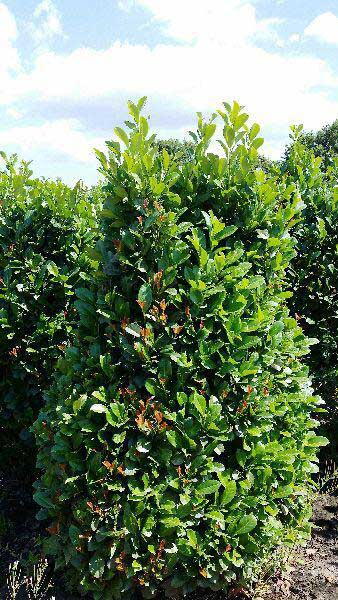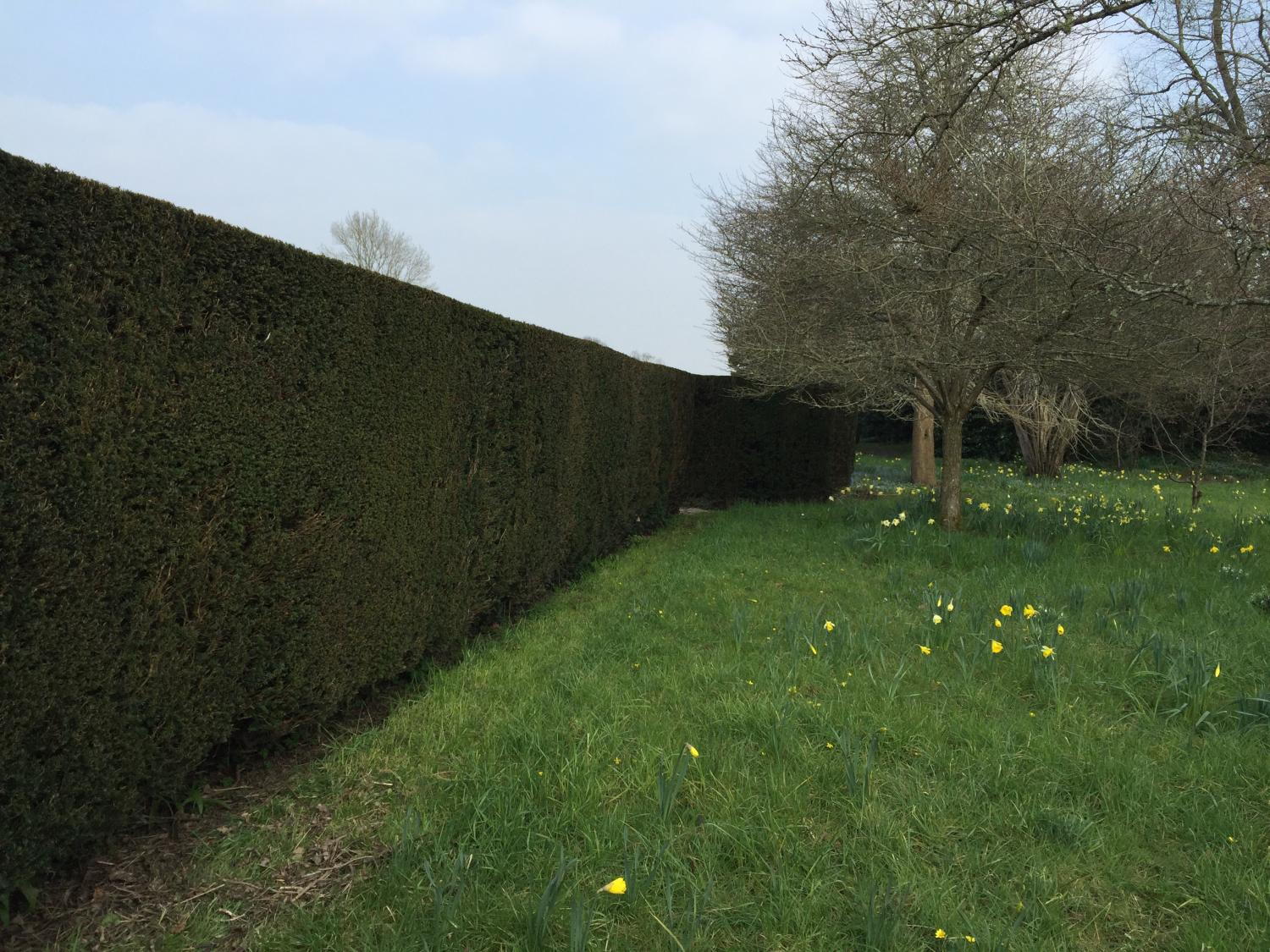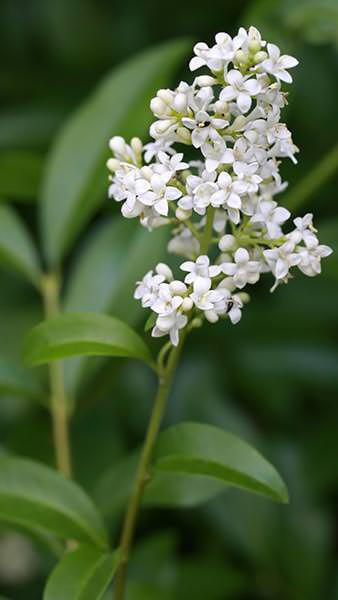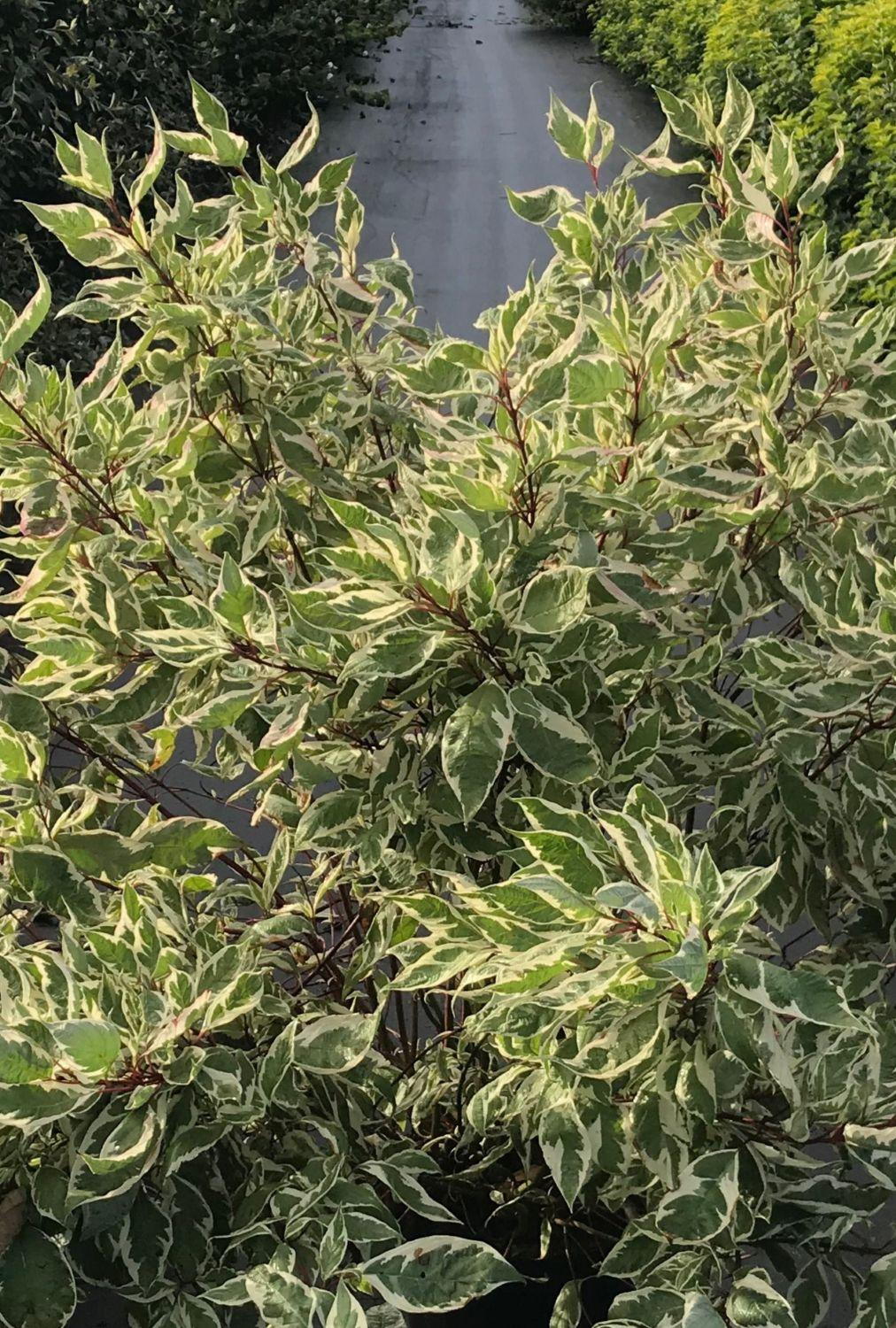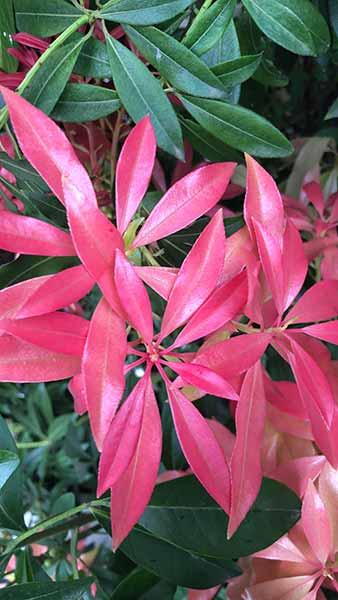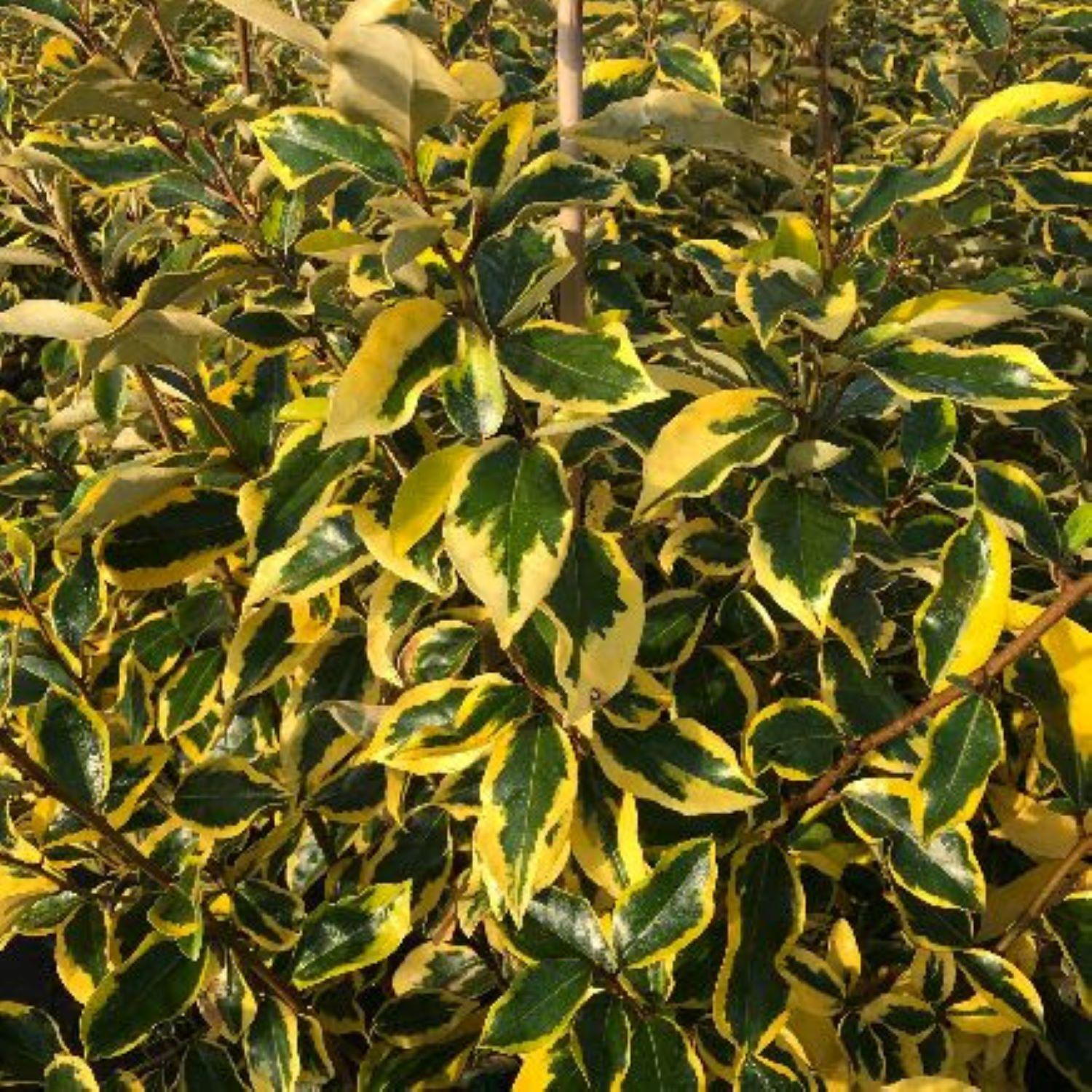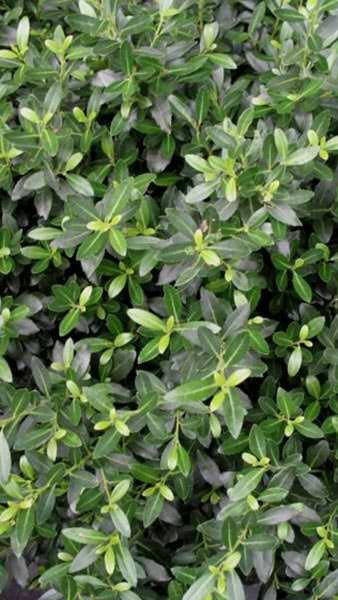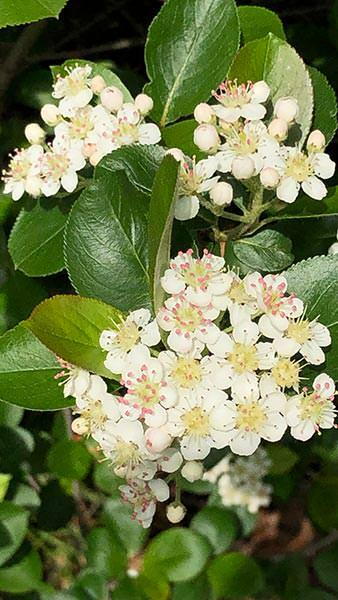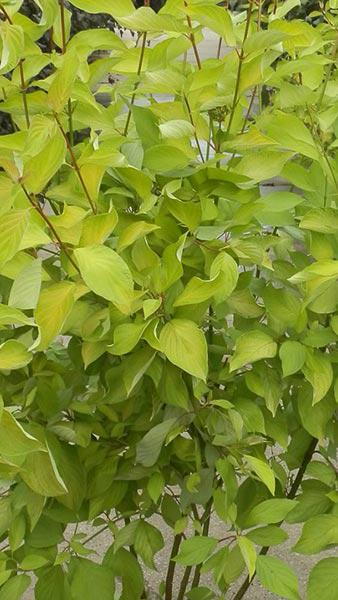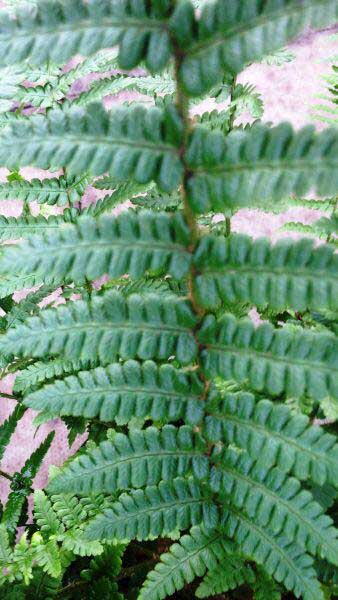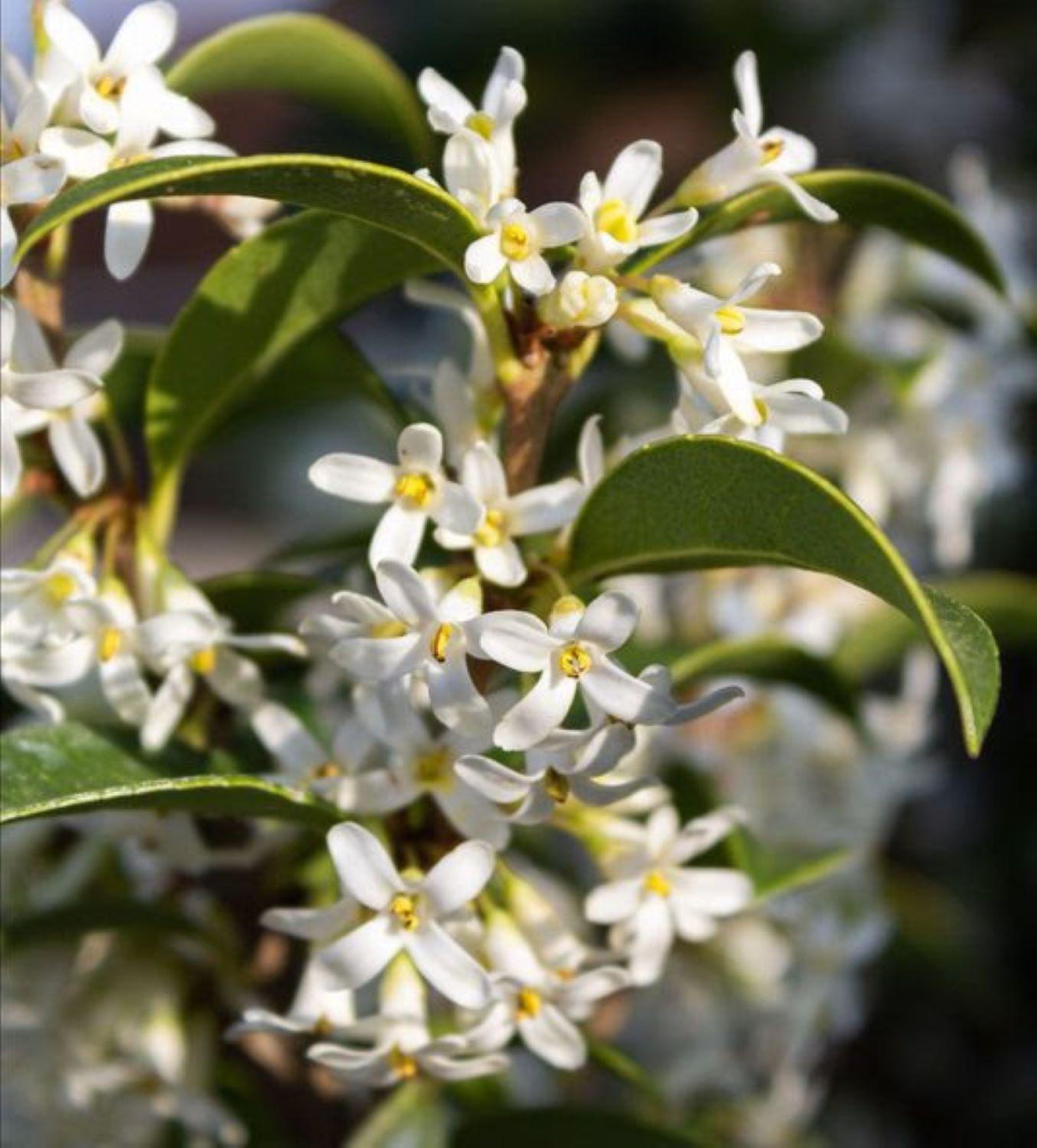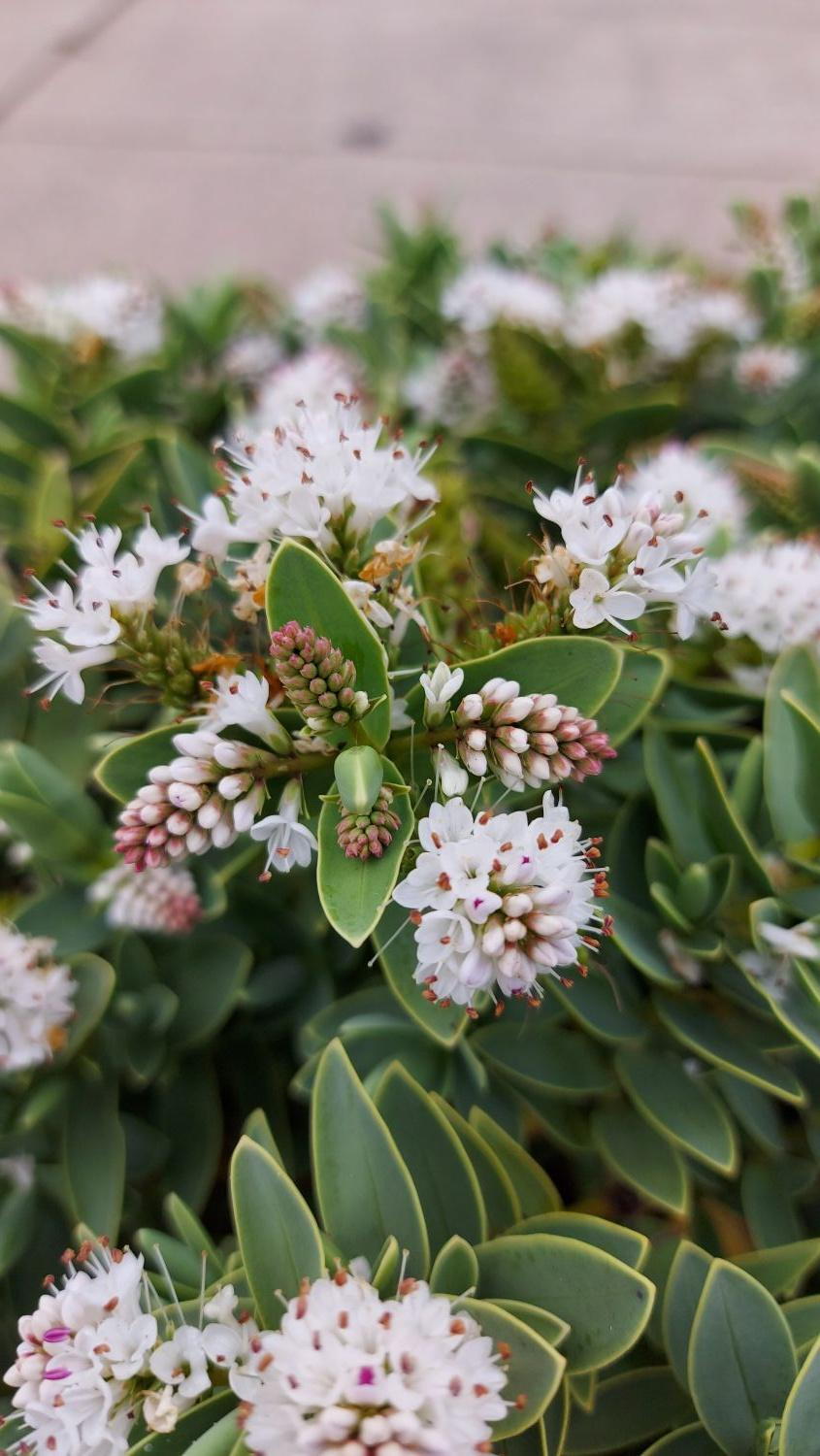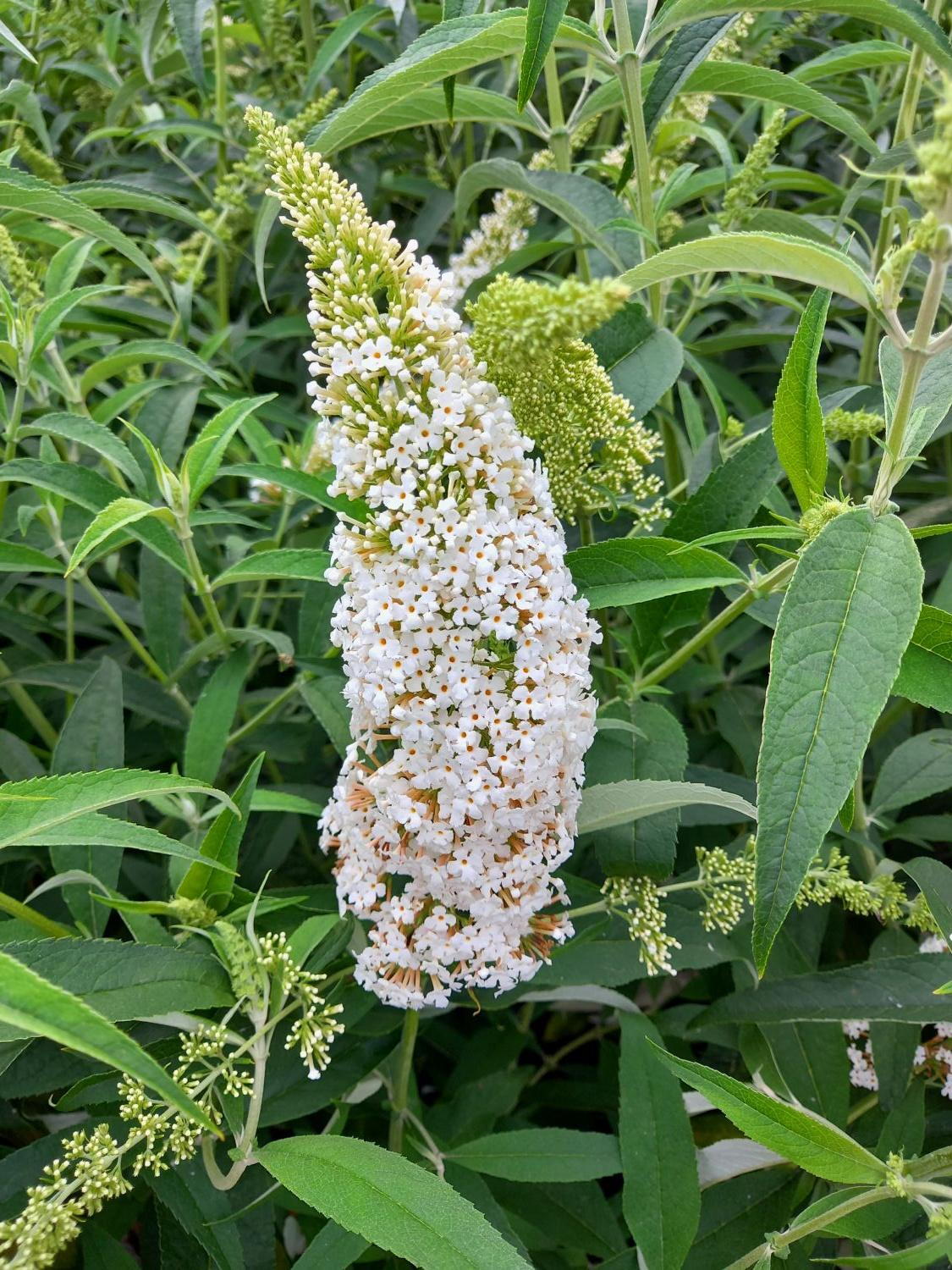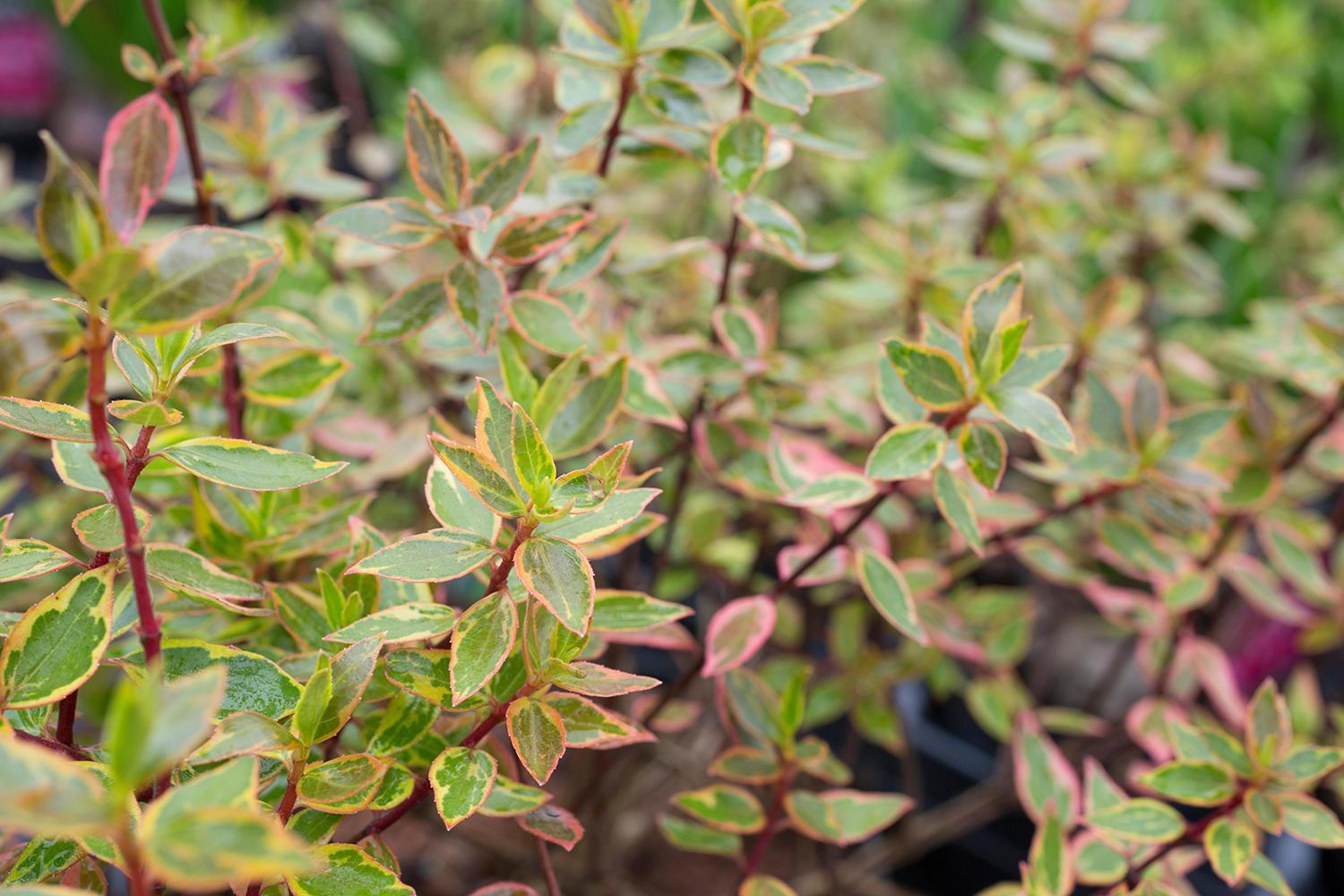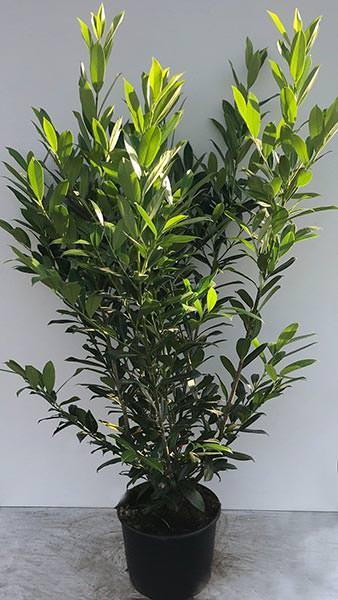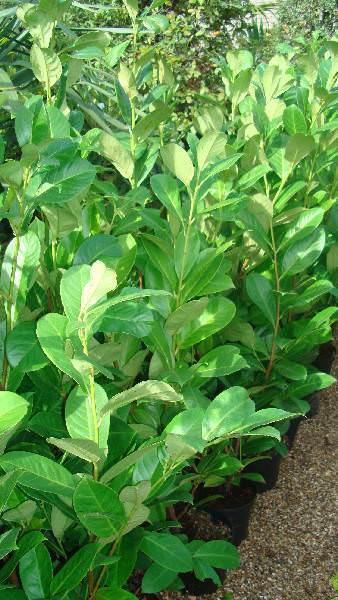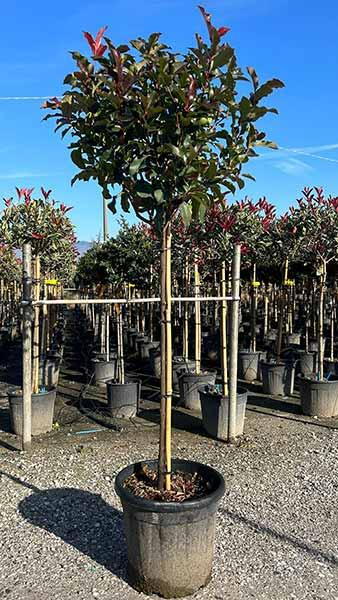Caryopteris Clandonensis Heavenly Blue Bluebeard Heavenly Blue
Caryopteris Clandonensis Heavenly Blue, to give it its formal name, is a deciduous, compact, flowering shrub. More commonly known as Bluebeard Heavenly Blue, this compact cultivar is prized for its lavender-scented silvery foliage and prolific display of small, dark blue flowers. The arching branches, which form a low mound, bear toothed grey-green leaves from spring through to autumn. The dense foliage is best known for its lavender scent and serves as a beautiful backdrop to clusters of dark blue flowers. The cup-shaped blossoms unfold in the late summer, staying on the shrub well into the autumn. Apart from looking spectacular, the feathery flowers are responsible for this cultivar’s RHS Perfect for Pollinators award, as they attract bees, butterflies, and many other beneficial insects.When it comes to choosing a perfect location for Bluebeard Heavenly Blue, you will need a spot in full sun for this flowering shrub. As it prefers a sheltered position, it would be ideal to grow this shrub against a south or west-facing wall, fence or hedge. Caryopteris Clandonensis Heavenly Blue performs poorly in heavy or waterlogged soils, so make sure to grow it in well-drained, moderately fertile soil.Originating from the United States of America, Caryopteris Heavenly Blue is accustomed to milder and warmer climates. Although fully hardy in the United Kingdom, this low-growing shrub can’t survive temperatures that are lower than 10 degrees below zero and needs to be sheltered from cold winds. Staying compact as it matures, Bluebeard Heavenly Blue does not exceed 1 meter in height and width. Keeping its bushy, mounded habit in perfect shape will not require extensive maintenance. After the winter, cut back the damaged stems and foliage to promote new growth, feeding and mulching the soil when you finish removing the stems. This cultivar responds well to hard pruning. The compact size and highly decorative features of Caryopteris Heavenly Blue make it ideal for low-growing hedged and shrub borders, whether planted en masse or mixed with other cultivars. It is particularly suitable for smaller gardens or for lining flower beds.Make sure to take a look at our collection of blue-flowering shrubs, such as Perovskia Blue Spire, Ceanothus Concha, and Buddleia Nanho Blue. For more compact shrubs, take a look at our collection of low-growing plants, including cultivars such as Kalmia Latifolia, Japanese Barberry Concorde or Hebe Mrs Winder.
